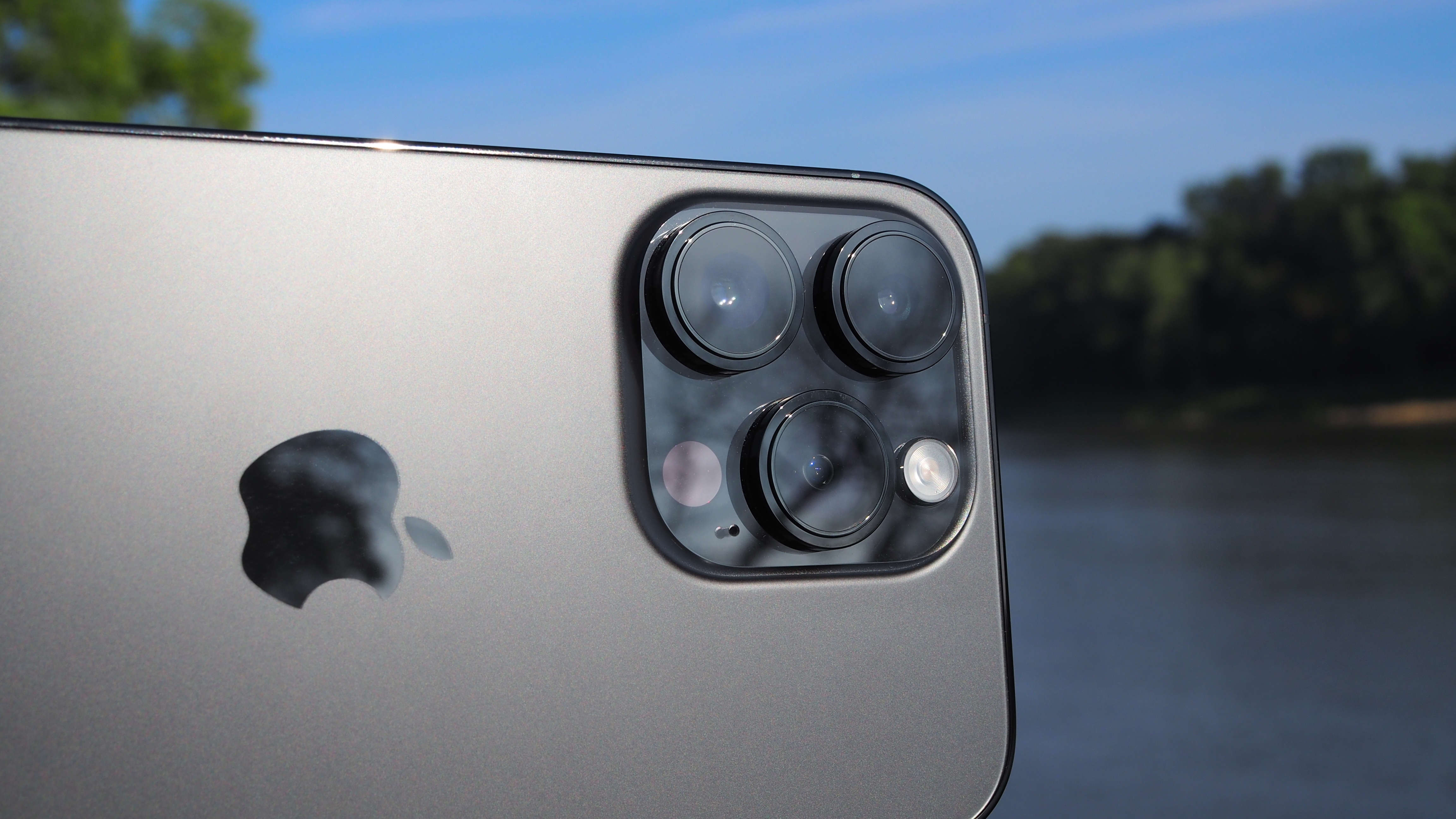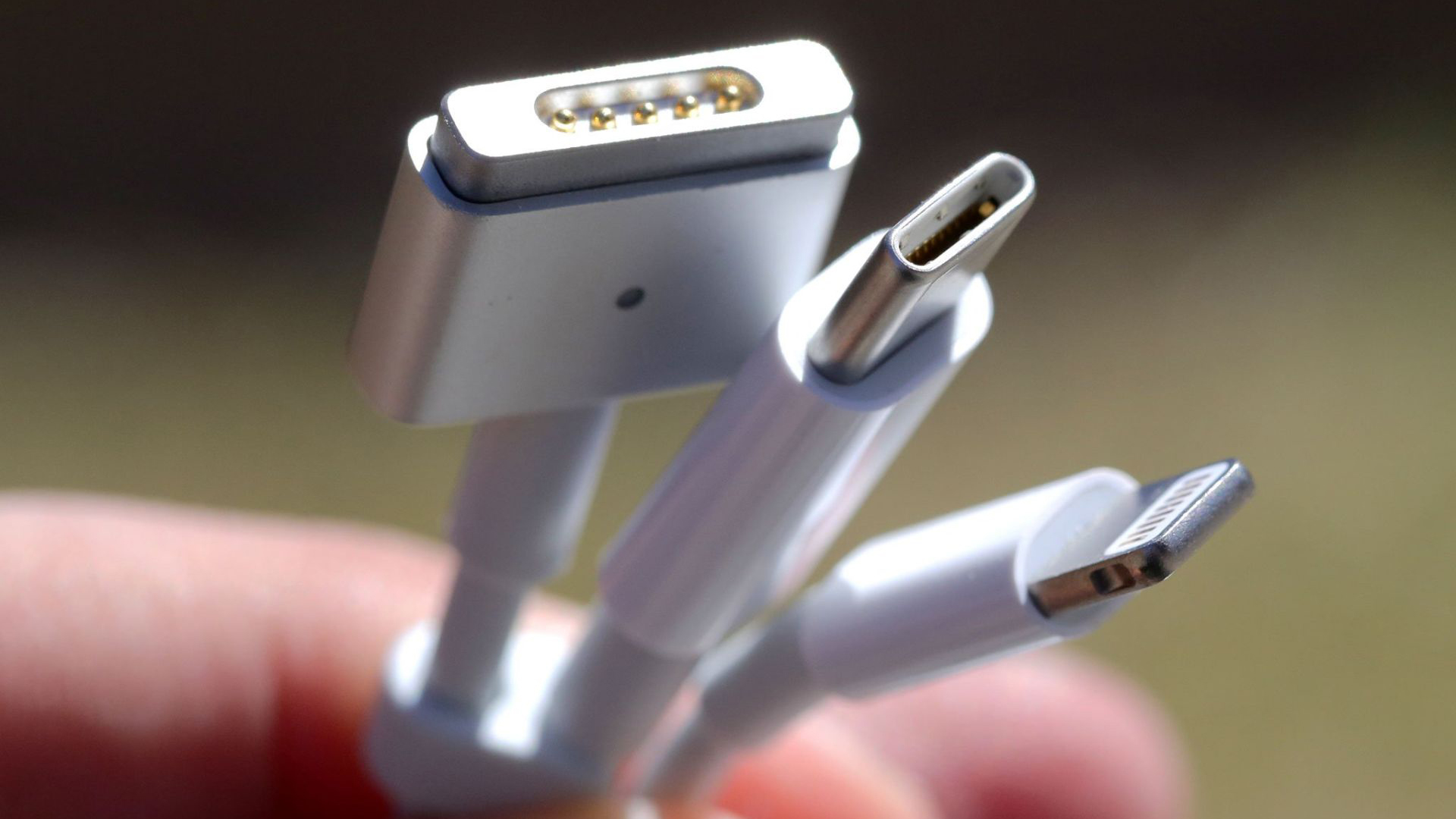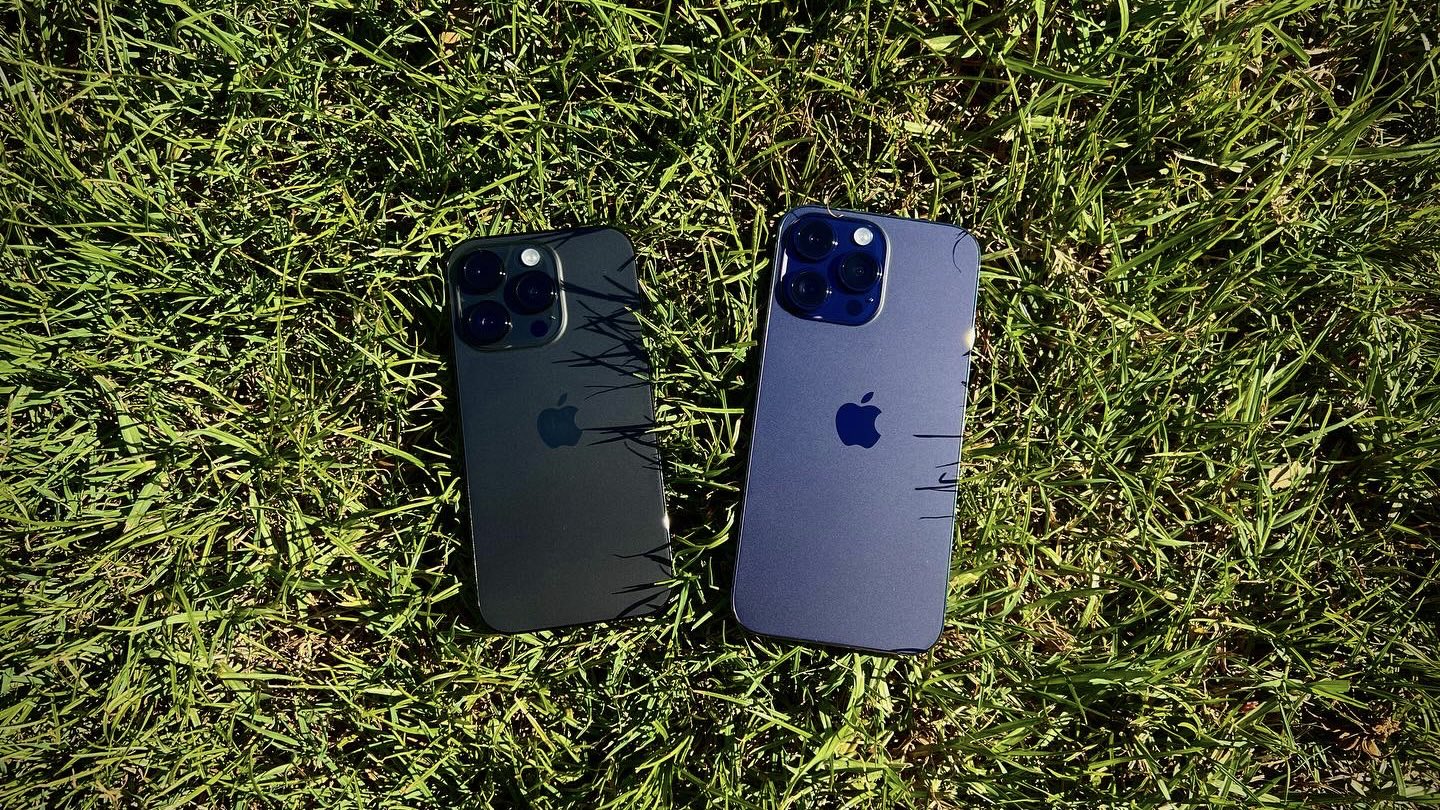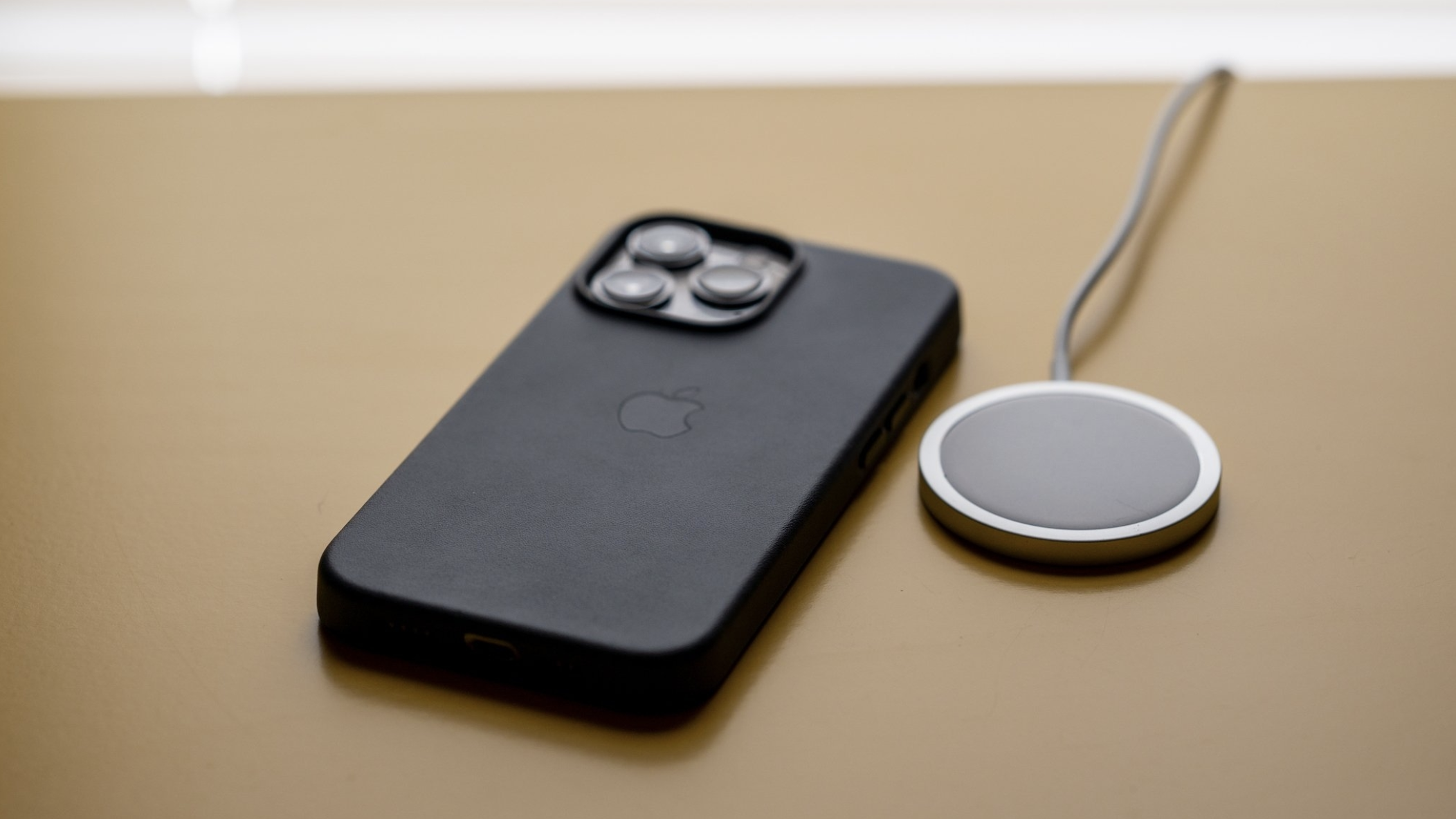USB-C iPhone 15 & 15 Pro: Is Apple changing its charger this year?
A USB-C iPhone 15 looks increasingly likely.

Apple's iPhone 15, iPhone 15 Pro, and iPhone 15 Pro Max (Ultra) are about to be unveiled at the confirmed September 12 iPhone event. With this should come a host of upgrades like a new chipset, thinner bezels, and the introduction of an action button.
But none of these make quite as much of a difference aesthetically as the possibility of a USB-C port.
With the potential of a quicker charge, quicker transfer times, and the ability to use any USB-C cable out there — this is quite an exciting development for those looking to purchase Apple's latest device.
As there's a legal mandate to eventually use a USB-C cable thanks to the EU, it seems like the time of the lightning cable is almost up. With this in mind, here's everything we know about Apple's swap to USB-C and what it could mean for the future of the phone.
iPhone 15 with USB-C: Why the change?

After more than ten years of Lightning, Apple isn't switching to USB-C because it wants to.
Apple is being forced to make the move because European Union lawmakers have agreed that all phones, headphones, and other accessories must use a common charging connector from 2024. To continue to sell iPhones in the EU (and AirPods), Apple will soon have to utilize a USB-C port. That's the port that all Android phones use, and soon so will iPhones.
Whether or not Apple would have moved the iPhone to USB-C of its own accord eventually, we may never know. It's possible given the company has moved its tablet lineup to USB-C and its many Mac laptops charge via USB-C too. Apple has publicly confirmed its plans to change the design of the iPhone to comply with these laws.
iMore offers spot-on advice and guidance from our team of experts, with decades of Apple device experience to lean on. Learn more with iMore!
But no matter why we're getting USB-C, we can hopefully expect a few benefits when we do.
In a report to 9to5Mac, industry sources have claimed that some iPhone 15 models will be compatible with 35w charging. This lines up perfectly with claims that the iPhone 15 lineup will support USB-C.
iPhone 15 with USB-C: Changes in transfer speeds

iPhones take some pretty impressive photos and videos these days which means the size of the files it creates are getting bigger. AirDrop is one solution for file transfer but when a 48-megapixel ProRAW photo can take upwards of 80MB of space, photographers are looking for faster transfer methods.
Plugging a cable in is one solution, but Lightning is notoriously slow. It's based on USB 2.0 speeds, so it's limited to just 480Mbps at best. That isn't fast enough but moving to USB-C could be the perfect opportunity to fix things.
However, recent rumors have Apple sticking with the same 480Mbps transfer speeds on the iPhone 15 and iPhone 15 Plus, which isn't ideal. That would mean that USB-C connector or not, those phones might as well have Lightning for all the good it will make in terms of file transfer speeds, feeling like a missed opportunity.
That could differ for the iPhone 15 Pro and iPhone 15 Pro Max. Analyst Ming-Chi Kuo thinks that they'll get either Thunderbolt 3 (40Gbps) or USB 3.2 (up to 20GBps). Whichever of those two it is, Pro users can expect blazing-fast transfers. For everyone else, it looks increasingly likely that the best iPhone for photographers who take a lot of high-resolution shots will be the Pro models.
iPhone 15 with USB-C: Fast charging

While the iPhone 15 lineup might be gaining USB-C, that also doesn't strictly mean faster charging.
There have been rumors of faster file transfers, but how fast the iPhone 15 will charge is a much quieter mystery. Still, the potential is there.
Right now, the iPhone 14 series can fast charge using any USB-C charger that's rated for 18W or more. When plugged into that charger via a Lightning to USB-C cable, the iPhone can fast charge from empty to 50% battery in around 30 minutes, although charging speeds slow after that in order to protect the health of the battery.
That sounds pretty good until you look at some of the competition. Take the Realme GT3 for instance. That phone supports a frankly insane 240W charger, which is even more powerful than the 140W charger that the 16-inch MacBook Pro comes with. As a result, it can be charged from zero to 100% in just nine minutes and 30 seconds.
If recent rumors turn out to be true, we could get 35W charging on the next iPhone, which is significantly faster than the iPhone 14 range.
iPhone 15 with USB-C: MFI certification

For years Apple has offered something called the MFi program. It was initially called the Made for iPod program before that became Made for iPhone in a post-iPod world. And it's coming for the iPhone 15.
Apple's move to USB-C is meant to ensure operability with all other USB-C chargers and cables based on what the EU had to say when it signed its common charger mandate into law. And while Apple might be strictly following the EU's requirements by putting a USB-C-shaped hole on the bottom of the iPhone 15, there might be a catch which is why we mentioned the MFi program.
Essentially, it's a program that allows Apple to sell the license to an authentication chip that is then put into charging cables and other accessories that are designed to be used with iPhones. That guarantees they'll work, while accessories without the chip might not. In some cases, iOS throws an error out to say that those accessories are unsupported.
Reports are growing that Apple intends to continue the MFi program when it moves to USB-C and then limit non-MFi cables in a couple of vital ways.
Thanks to the EU, Apple can't stop the cables from working at all, but it can make them less attractive. It seems increasingly likely that it will limit those cables to slower charging speeds and less impressive file transfer speeds. That would mean that the cable you bought before the USB-C MFi program would work, but not as well as one that carries the special MFi logo.
Cables w no MFI will be software limited in data and charging speedFebruary 28, 2023
That's certainly suboptimal for anyone who has USB-C cables lying around the house already. It's also against the reason why the EU wants Apple to use USB-C in the first place -- to reduce e-waste and interoperability.
Just as interestingly, Apple doesn't have an MFi program in place for its other USB-C devices — iPads. They all charge just as fast no matter where you choose to buy your cables from. Will that change? Time will tell.
iPhone 15 with USB-C: Portless phones

A move to USB-C sounds promising but that doesn't seem to be the end-game for Apple. Instead, it seems more interested in going portless, so USB-C could be a stop-gap solution.
We've been hearing portless iPhone rumors going all the way back to the iPhone 13, although they're all yet to come to fruition.
It makes sense. Fewer holes mean fewer opportunities for liquid ingress, and it's one less thing to break. A portless iPhone wouldn't have a physical data entry point ready to be exploited by hackers or law enforcement.
But Apple still has complications to overcome. A port is still needed to revive an iPhone that finds itself in DFU mode, for example. And while MagSafe charging is great, it's too slow. We'd much rather see faster, wired charging instead.
For now, though, it's all about that USB-C and what Apple will do with it. Will it lock all the good stuff behind the MFi program? Will there even be any support for faster charging and data transfers?
With an Apple event confirmed for September 12, we don't have long to wait and find out.
Is USB-C better than lightning?
Generally speaking, the USB-C is better than a lightning cable for transfer and charge time. They are more efficient with the same space and it means you don't have to buy a unique cable like you have had to with previous iPhones.
Will iPhone 15 have USB-C?
We don't have official confirmation either way but we do know that Apple will eventually change to USB-C so it seems likely it could happen this year.

Oliver Haslam has written about Apple and the wider technology business for more than a decade with bylines on How-To Geek, PC Mag, iDownloadBlog, and many more. He has also been published in print for Macworld, including cover stories. At iMore, Oliver is involved in daily news coverage and, not being short of opinions, has been known to 'explain' those thoughts in more detail, too.
Having grown up using PCs and spending far too much money on graphics card and flashy RAM, Oliver switched to the Mac with a G5 iMac and hasn't looked back. Since then he's seen the growth of the smartphone world, backed by iPhone, and new product categories come and go. Current expertise includes iOS, macOS, streaming services, and pretty much anything that has a battery or plugs into a wall. Oliver also covers mobile gaming for iMore, with Apple Arcade a particular focus. He's been gaming since the Atari 2600 days and still struggles to comprehend the fact he can play console quality titles on his pocket computer.
